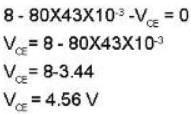IIT JAM Physics MCQ Test 12 - Physics MCQ
30 Questions MCQ Test IIT JAM Physics Mock Test Series 2026 - IIT JAM Physics MCQ Test 12
If α = 0.98. ICO = 6 μA and lR = 100μA for a transistor, then the value of lc will be
For the given input, the output waveform across the diode shown in the figure. will be
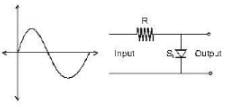

Which of the following option correctly represents the dependence of mobility with temperature?
Which is correct logic diagram of the simplified form of given boolean expression

F(ABC) = (A + B + AB) (A + C + AC) has simplified expression
An OPAMP has a slew rate of 5 V/μs. The largest sinewave output voltage possible at a frequency of 1 MHz is
For the logic circuit shown in the figure below, the output Y is equal to
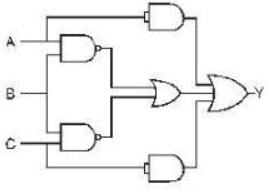
The output voltage of an OPAMP for input voltage of Vi1 = 150 μV , Vi2 = 140μV if the amplifier has a differential gain of Ad = 4000 and the value of CMRR is 100, is
A non-inverting op-amp summer is shown in the figure. The output voltage Vo will be
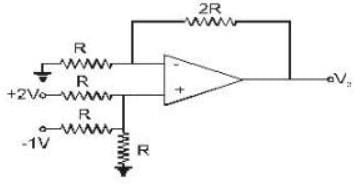
The value of VCE for the voltage - divider bias configuration is
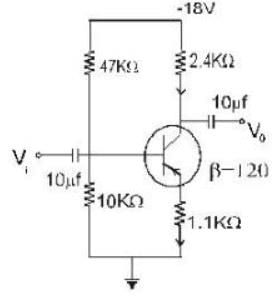
For the CB circuit shown below in figure ; The value of ‘ Ic ’ will be:- ( Assume The transistor to be of silicon)
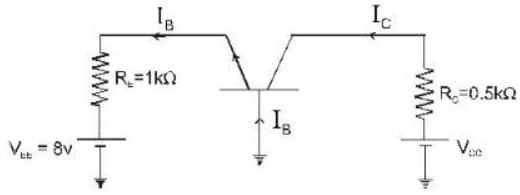
For the given circuit we have R1 = 6 kΩ, Rf = 24 kΩ, Vi = 1 V and load resistor of 6 kΩ. Then

Fora differential amplifier in which the signal applied to inverting and non inverting term inals are respectively = - 0.45 m V and + 0.48 m V and A diff = 106 and CMRR = 80 dB.
In a given n-type silicon material, the donar concentration is 1 atom per 2 * 108 silicon atoms. Assuming that the effective mass of the electron is equal to its true mass. Given that density of atoms in silicon = 5 * 1028 atoms/m3. Which of the following statement is correct.
For the circuit shown below:-

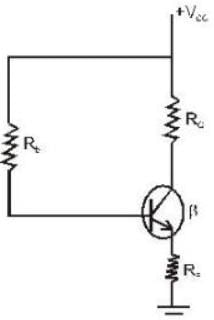
Which of the following statement(s) is/are correct?
If a transistor has again of 20 dB, then the ratio of output to input power is_____.
An CE transistor amplifier has a collector current of 1.0mA when its base current is 25μA at room temp. What is the value of its input resistance (in ohms)?
A transistor having α = 0.99 & VBE = 0.7V is used in the circuit shown figure. What is the value of collector current (in mA)?
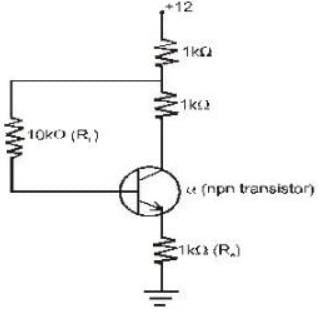
For the circuit, 
If the saturation current is 10-16A . Find the value of base-emitter voltage (in V).
A String under a tension of 129.6 N produces 10 beats per sec when is vibrated along with a tuning frok. when tension in the string is increased to 160N, it sounds in unison with the same tuning frok. calculate the fundamental frequency of a tuning frok? (in Hz)
A column of air at 51oC & a tuning frok produce 4 beats per sec. when sounded togther. As the temperature of the air column is decreased, the number of beats sec tends to decrease & when the temperature is 16oc , the two produce 1 beat per sec find the frequency of the tuning frok (in Hz)
Calculate the thickness of a soap bubble film (refractive index μ =1.3) that will result in constructive interference in the reflected light if the film is illuminated with light whose wavelength in free space is 5000 A0 (Thickness (+) is in Ao)?
In the given circuit Vcc = 8V and β = 80 for the n-p-n transistor.The collector voltage Vc (in volts) is_____.
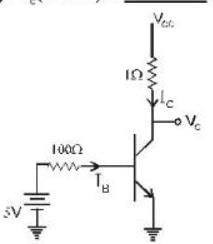
The maximum value of RL so that zener diode is 'ON ' is______(in kΩ).
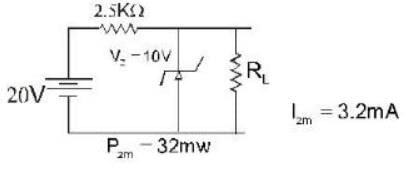
|
4 docs|21 tests
|




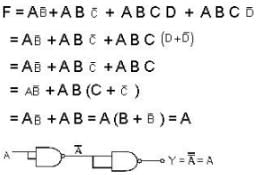
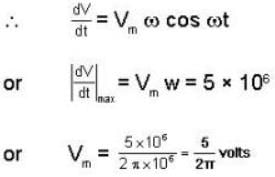



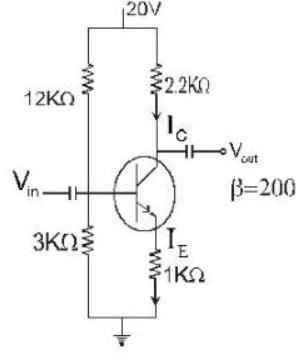
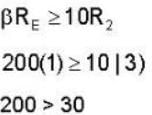
 ...(i)
...(i)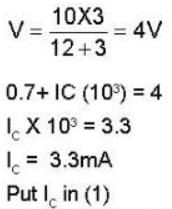
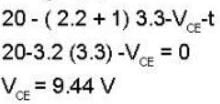





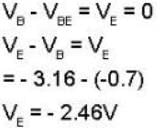

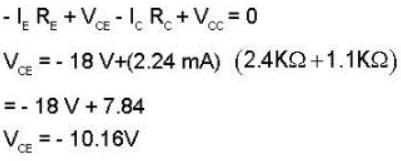
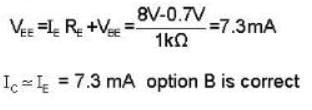




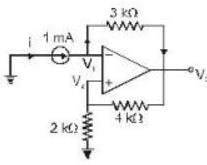



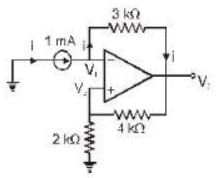















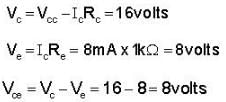













 then calculate the value of
then calculate the value of  ?
?

 ...(i)
...(i) ...(ii)
...(ii)






